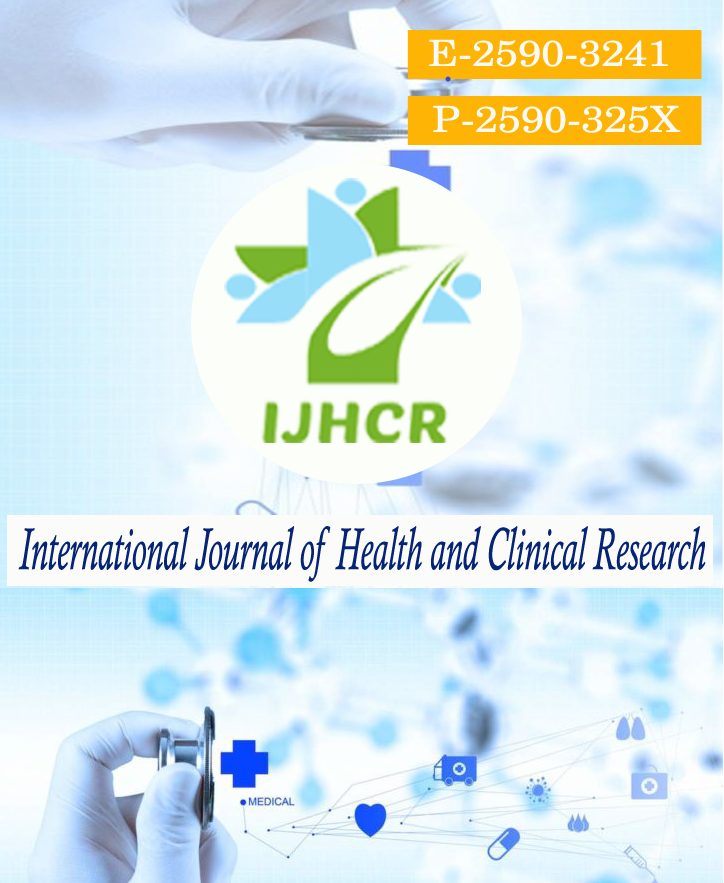Etiological, Clinical and Mortality Profile of Shock in Children at PICU of Southern Rajasthan Hospital.
Keywords:
PICU, Hypovolemia, Cardiogenic, Shock, OutcomeAbstract
Pediatric Intensive Care Unit (PICU) plays a very important role in the care of critically-ill children who are at risk for organ dysfunction. Worldwide the most common causes of morbidity and mortality in children is sepsis particularly in developing countries. Especially in children there is high rate of mortality in septic shock may be as high as 50%. In septic shock, outcome is worse when associated with co-morbidities. The clinical syndrome of shock, a clinical state characterized by inadequate tissue perfusion, is one of the most dramatic, dynamic and life-threatening problems faced by the physician in the critical care setting. Shock is defined as an acute syndrome in which the circulatory system is not able to supply adequate amount of nutrients and oxygen for vital organs. In children Shock accounts for more morbidity and mortality worldwide than any other disease, especially when shock is accompanied by need of mechanical ventilation.
Aim: The main objective of this study is to know clinical profile and outcome of shock in children. Material and method: Children with the different age group between 1 to 15 years old age admitted with the clinical evidence of shock in the pediatric emergency. From all the patients’ detailed clinical history were taken with the help of their relatives or parents. For the identification of shock in the patients, there must be present of at least one of the following parameters i.e., tachycardia and/or hypotension along with signs of systemic hypoperfusion. From all the patients laboratory investigation were done like blood culture, C-reactive protein, liver function tests, urine routine and culture, stool routine and culture, calcium, urine electrolytes, etc. were done.
Result: Out of total patients 20, 17 and 13 were in age group 1-5 years, 5-10 years and 10-15 years respectively. In this study maximum male gender were predominate to female with the ratio 1.5:1 and the mean age were 5.8 ± 3.4 years. Congenital heart disease (54.2%) was the most common underlying etiology in cardiogenic shock followed by cardiomyopathy (24.5%) and heart rate abnormalities (21.3%). In hypovolemic shock, 87.9% patients were in compensated stage of septic shock.
Conclusion: Especially in children Shock is a major cause of morbidity and mortality. Hypovolemic shock is the commonest form of shock in children which required mechanical ventilation. In septic shock severe pneumonia was the commonest illness. Hence, Diagnosis and management of shock in reimburse stage bring better forecast than in uncompensated shock irrespective of the age.






 All articles published in International Journal of Health and Clinical Research are licensed under a
All articles published in International Journal of Health and Clinical Research are licensed under a 